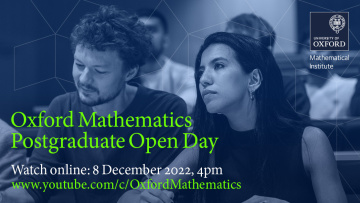Inference of stem cell and tissue dynamics in development and regeneration
Abstract
The dynamics of a tissue in development or regeneration arises from the behaviour of its constituent cells and their interactions. We use mathematical models and inference from experimental data to to infer the likely cellular behaviours underlying changing tissue states. In this talk I will show examples of how we apply canonical birth-death process models to novel experimental data, how we are extending such models with volume exclusion and multistate dynamics, and how we attempt to more generally learn cell-cell interaction models directly from data in interpretable ways. The applications range from in vitro models of embryo development to in vivo blood regeneration that is disrupted with ageing.


